Can you change low-profile tires to standard tires? The answer is simple! Yes, you can change your low-profile tires to standard tires. This will improve the quality of your rides.
The braking system, ride cushioning and cornering performance achieved with low-profile tires are not the same as standard or regular tires.
If you have a broad understanding of what is considered a low-profile tire, there are a lot of reasons why you would love to change your low-profile tires to standard tires.
To some, it is around the speculation that low profile tires are bad in rain, issues with flexibility, width, and durability.
This also includes the cost of purchase, fuel economy, and tire grip on snow. In some cases, to avoid having a problem when changing from low profile things you should consider increasing or reducing your rim size.
It will look like a near-impossible task, trying to change low-profile tires to standard without getting a compensating rim size.
Your new standard tires will add some extra sidewall height. This will impact the size of the tire.
Sure, changing low-profile tires to standard tires is possible, but you need to take into account the size of the tire. If the standard tires can easily fit into your wheel, then you can easily change to it.
Table of Contents
How to Change Low Profile Tyres to Standard?Here are three easy steps to change low-profile tires to standard tires.
The wheel and rim size remain one of the major issues with changing low-profile tires to standard tires. Firstly, you wouldn’t want to choose a smaller rim size, because they may fall out of alignment with brake calipers.
The new tires that you will install on the wheel will rub on the body of your car if the rims are not in the perfect size. These are things that you wouldn’t want to experience.
These are things that you wouldn’t want to experience.
Do you want an enhanced ride performance? You must confirm the rim size before switching to a normal tire. You must take into account the wheel width, and diameter.
The offset and backspace of the wheel are as essential as the fitting of the wheel and your tires.
Confirm the rim size of your car’s wheel by looking at the inner area of the rim’s hub. The classification of the rim size falls into different categories; width, diameter, and bolt pattern. 16-inch rim diameter is good for 16-inch tires.
2. Confirm your proposed tire and choose a perfect matchThe second thing you should do after confirming your wheel and rim size is to confirm the proposed tire for the car. You cannot fit any standard into your cars.
You must confirm your tire size and ensure that it is a perfect match for your wheels. For instance; a P215/50R17 is a perfect match for a car with a 17-inch rim size.
Sometimes, getting a perfect match for your cars will require that you downsize your wheels.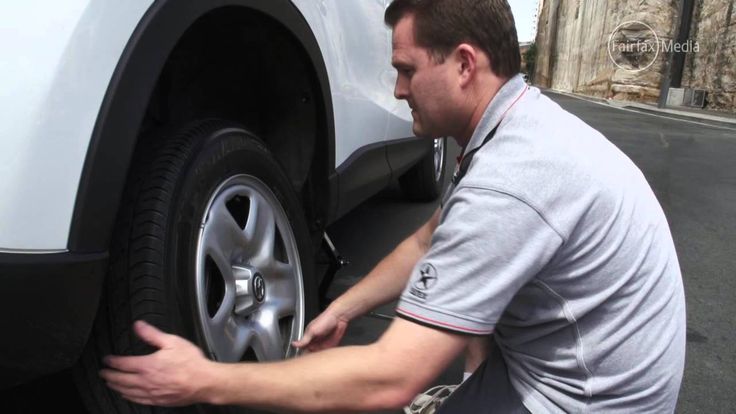 New standard tires to replace the old low-profile tires always come with increased size. You shouldn’t consider making provisions to make purchases for new wheels that will suit the new tires.
New standard tires to replace the old low-profile tires always come with increased size. You shouldn’t consider making provisions to make purchases for new wheels that will suit the new tires.
Now, you have the perfect wheel and the perfect tires. It is time to install the tires. Depending on your car’s specifications, you might not need to change the wheels.
However, in most cases, alignment is necessary. This might look technical, so you could hire the services of a repairman.
You wouldn’t want to run into mishaps or an accident by putting on mismatched tires.
A good mechanic will not only help you ensure that the tires and wheel fit each other, but they will also ensure that you achieve the ride quality that you desire while taking into consideration the suspension system of the car.
The estimated pay to install the wheels and tires of your cars is $20 – $50 per tire. The price varies for each car service store and location. This will include mounting and balancing the tires.
This will include mounting and balancing the tires.
If you still wish to install the wheels and tires by yourself, your car’s owners will act as a good guide.
Why do people change low-profile tires to standard?The reason why a lot of people change low profile tires to standard is because of the benefits of standard tires over low profile tires.
But, are there other reasons why people change low profile tires to standard? What are the benefits of standard tires to low profile tires?
Here are four reasons why people change low profile tires to standard ones.
There are no protections or guards for low-profile tires. Considering the sidewall height of low-profile tires, there is no sidewall bulge as in larger tires with large sidewall heights.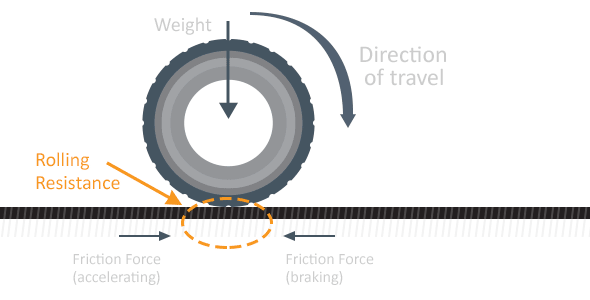 The rims of low-profile tires flush on the outside.
The rims of low-profile tires flush on the outside.
This makes the rim vulnerable. Low-profile tires are mostly found in sports cars. They present a “more wheel, less tire” fitting.
This makes them susceptible to damage when they encounter difficult terrains. The absence of flexibility, sidewall height, and width makes low-profile tires vulnerable to damages.
You are safe to ride on low-profile tires if you will only stick to smooth roads. But, if you will ride on complex road terms, you should go for a standard tire.
2. Low-profile tires are not a good option for some weather conditionsThe truth is, low-profile tires are not great choices for bad weather conditions. They are bad at riding in the rain and will perform poorly in winter.
You wouldn’t want to experience the annoying ride that comes from riding your low-profile tires on low-profile tires. They could get stuck in the snow and the level of handling is always low.
3. Less sidewallLesser sidewalls pose a lot of disadvantages to drivers. From blowouts to bad rides, I wouldn’t advise that you use a short sidewall. A less sidewall reduces the distance between the rim and the tires.
From blowouts to bad rides, I wouldn’t advise that you use a short sidewall. A less sidewall reduces the distance between the rim and the tires.
This places the rider on an edge to receive and feel all first-hand impact of bad roads on the tires. This opens up the car to a greater risk of getting damaged wheels. This is because the sidewall is not bulky enough to shield impacts.
4. Cushioning effect and Better PerformanceYou deserve a smooth ride. While it is indisputable that low-profile tires achieve better handling, take sharp turns, and have great grips on smooth roads.
On a double thought, you are not assured of a smooth ride with low-profile tires. Low-profile tires have a loud ride. You might prefer a more peaceful ride.
The cushioning effect attained by standard tires is better when compared to low-profile tires. The increase in the sidewall height of standard tires impacts the superb cushioning effect it achieves.
The better performance achieved by standard tires goes beyond the ride styles.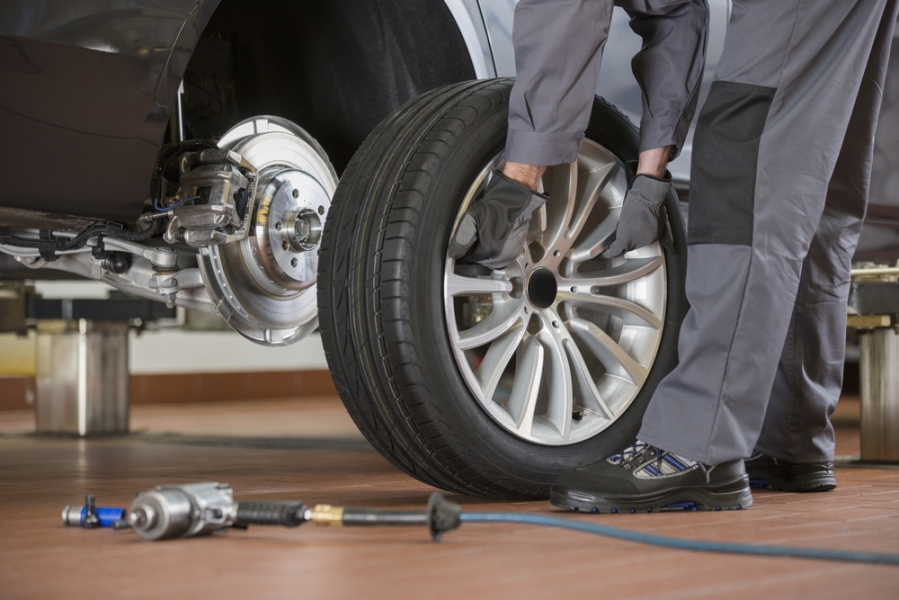 Standard tires achieve a better level of fuel economy, better grip in wetlands and snow, and are cheaper.
Standard tires achieve a better level of fuel economy, better grip in wetlands and snow, and are cheaper.
It is normal to change from low-profile to standard tires just to save a few bucks that you should spend on low-profile tires.
How long should low-profile tires last?A good low-profile tire should last 40,000 – 50,000 miles of constant usage on the road.
Low-profile tires are made of soft rubber compunds. Although they maintain a great deal of traction, they wear off faster.
Nevertheless, how long your low-profile tires will last greatly depends on the type of roads you use them on, and the intensity of usage. However, the treadwear rating determines how long your low profile should last. The higher the treadwear rating, the more it will last.
A low-profile tire with a treadwear rating of 580 will last longer than low-profile tires with 300 ratings. Nevertheless, your style of riding will determine.
Whether you’re to mount a regular tire on a low profile rims all depends on if it’s the same size with your rim, since tires and rims are quite two different things.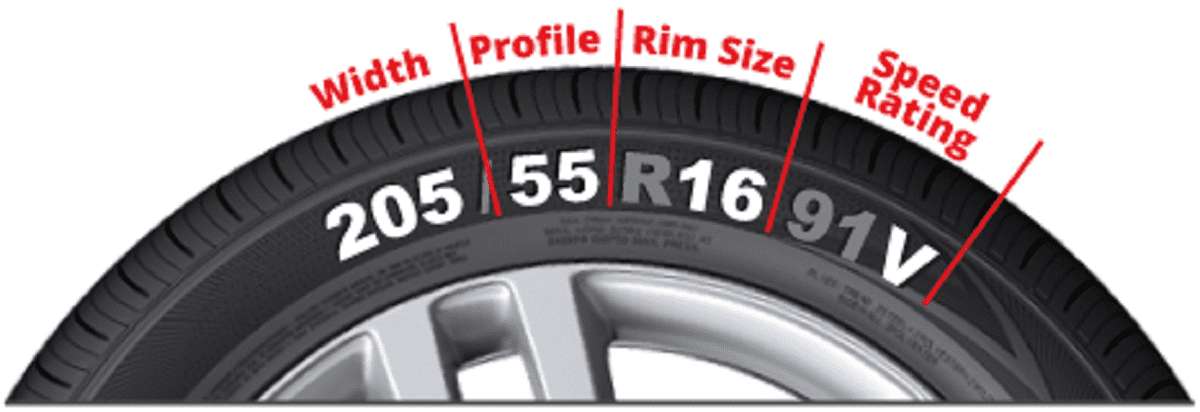 So you’re to check if they’re quite the same size and compatible.
So you’re to check if they’re quite the same size and compatible.
In a perfect world where the road is without bumps or portholes, low profile rims would have been the best bet to operate on. Low profile rims have a lower aspect ratio and taller sidewall, having said that for rims with 50% aspect ratio or less are considered having a low profile rim.
No doubt, using a low profile rims helps the tire to brake more and gives it a sportier look, that is one reason all sport cars are designed with low profile rims. But if you intend to be commuting on a rough road, regular tires would be the best to use. Regular tires are best for bumpy road and irregular roads with surfaces with poor friction, example paths covered with snow, since it improves the suspension systems efficiency and to avoid wheel damaging.
Can you put different profile tires on cars?Yes, you can. Although I wouldn’t advise that you put different profile tires on the same car, there is nothing wrong with doing so.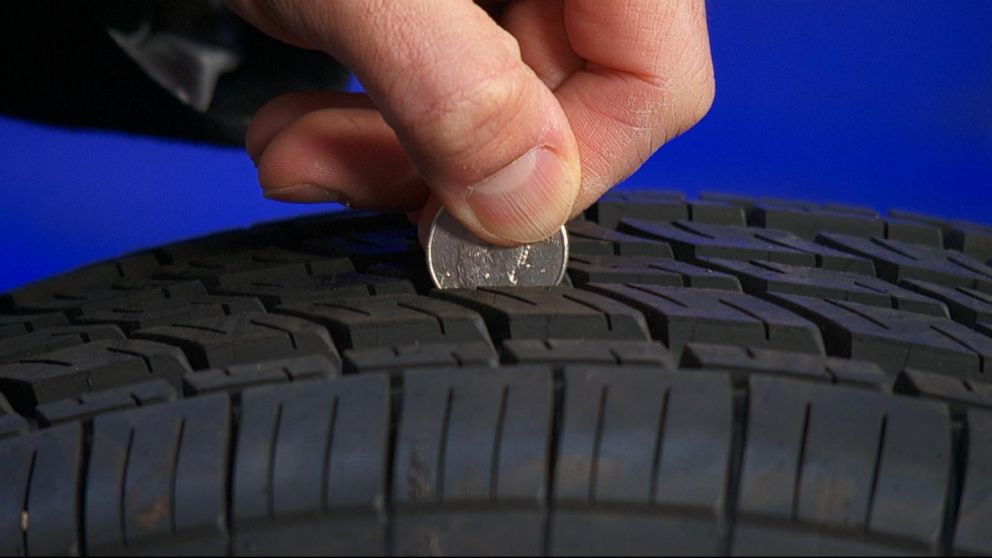
You must know that a change in the tire profile will affect the handling of the vehicle, the accuracy of your speedometer, and the comfortability of your ride.
However, you should ensure that the different tire profiles have an accommodating size. You wouldn’t want to fit in a profile tire that will hit and damage the internal components of your car.
A mismatch in the mixing of tire profiles will affect the balance and control of your vehicle. It could also compromise your safety.
Naturally, most tires run on different profiles from front to rear. This is not a problem. This is mostly seen in BMW cars. These differences are targeted at achieving a more aerodynamic lift across the body of the vehicle.
In general, you should seek the help of an expert before mixing tire profiles.
Related:
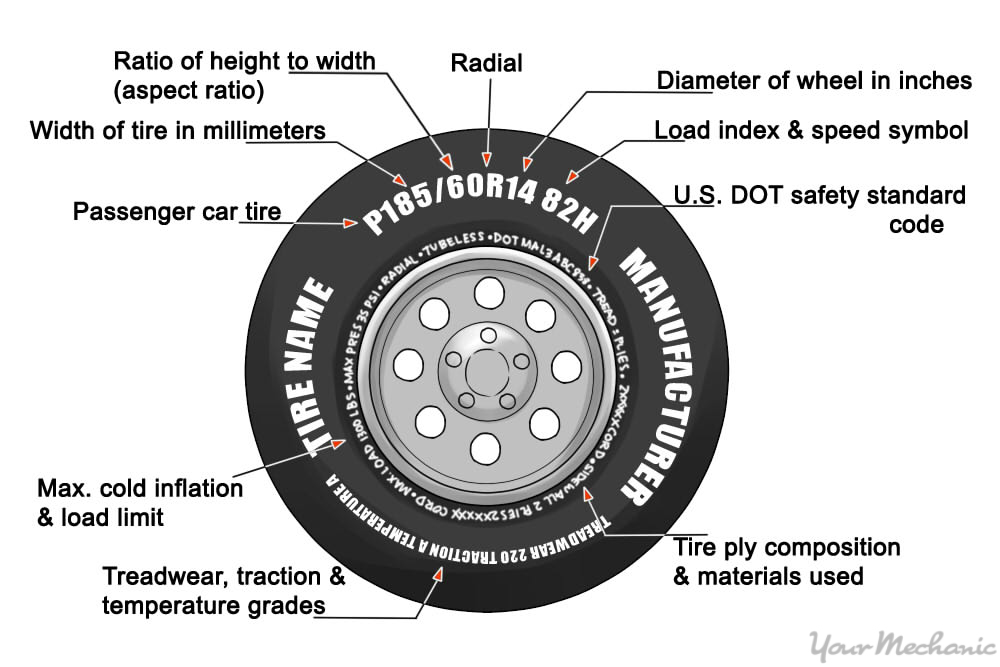 ..Are Low-Profile Tires More Likely To Blow Out Or Puncture...
..Are Low-Profile Tires More Likely To Blow Out Or Puncture...Ask a question, get an answer ASAP!
☰
×
GET A QUOTE
asked by
Rachel P
on November 12, 2015
Are low-profile tires more likely to blow out or puncture?
| Save Big on Auto Repairs | Get a Quote |
Robert Tomashek
Automotive Mechanic
26 years of experience
Installing larger diameter wheels on your vehicle can drastically change the way that it looks and performs. They are becoming more popular and available for just about every vehicle. To offset the size of the wheel, the tire size will need to change to maintain proper clearance from the tire to the fenderwell and even to some of the suspension components. This means that low profile tires will need to be installed to compensate for the change in wheel size. Changing to a lower profile tire can result in some improvements to the vehicle, but there are also some negative effects that can come with them.
This means that low profile tires will need to be installed to compensate for the change in wheel size. Changing to a lower profile tire can result in some improvements to the vehicle, but there are also some negative effects that can come with them.
A tire that has a small sidewall is considered to be low profile. This can be known as a 60 series tire, a 50 series, a 40 series, and even a 30 series or smaller. This number is known as the aspect ratio. When reading a tire size, such as 225/45/19, the middle number is the series or height. The 45 means that the tire sidewall is 45% that of the width, which is 225 millimeters noted by the first number in the size. The lower the aspect ratio, the smaller the sidewall of the tire.
There are some benefits to low profile tires. The most common improvement is from a performance standpoint. Being that the low profile tire has a smaller sidewall, that sidewall will naturally have less flex. That lack of flex in the sidewall will assist in cornering at higher rates of speed. On a typical tire, when turning a corner the sidewall will flex making the vehicle a little less stable. The lack of flexing from a low profile tire will keep your tires firmly on the road which gives you better contact while cornering. The smaller sidewall also makes it stiffer. The stiffer sidewall assist in the tire holding its shape at higher speeds. This assists in keeping the tire round at high speeds which will typically give it a higher speed rating.
On a typical tire, when turning a corner the sidewall will flex making the vehicle a little less stable. The lack of flexing from a low profile tire will keep your tires firmly on the road which gives you better contact while cornering. The smaller sidewall also makes it stiffer. The stiffer sidewall assist in the tire holding its shape at higher speeds. This assists in keeping the tire round at high speeds which will typically give it a higher speed rating.
The negative impacts of low profile tires are much more prevalent than the positives. The first thing is cost. Low profile tires tend to be more expensive than tires with larger sidewalls. We previously talked about how much stiffer the sidewalls are on low profile tires. This rigid sidewall will cause your vehicle to ride rougher also. This is because the tires are the part that is initially responsible for absorbing road shock. If there is not much flex in the tire, that shock will not be absorbed by the tire, but will instead resonate through the rest of the vehicle. That can also result in bulges and blowouts in the sidewall of the tire. If you hit potholes and other imperfections in the road then that can damage the inner structure of the tire causing it to fail. Low profile tires also cannot handle much of a load so the should not be used on larger vehicles such as SUV’s or vehicles that are used for towing. Low profile tires can also pick up nails and other foreign easier causing punctures. This tends to occur from the low profile tire having a shallower tread depth which makes it more vulnerable. This can allow a nail to make it through the tire faster causing it to puncture. Tires with a deeper tread pattern will be less likely for a mail to make it through the tire.
That can also result in bulges and blowouts in the sidewall of the tire. If you hit potholes and other imperfections in the road then that can damage the inner structure of the tire causing it to fail. Low profile tires also cannot handle much of a load so the should not be used on larger vehicles such as SUV’s or vehicles that are used for towing. Low profile tires can also pick up nails and other foreign easier causing punctures. This tends to occur from the low profile tire having a shallower tread depth which makes it more vulnerable. This can allow a nail to make it through the tire faster causing it to puncture. Tires with a deeper tread pattern will be less likely for a mail to make it through the tire.
Whether your vehicle came with low profile tires, or if you chose to install them on your car, they can make the vehicle perform better and add a nice look. You should alway keep in mind that there are limits to this as not all vehicles should have low profile tires on them.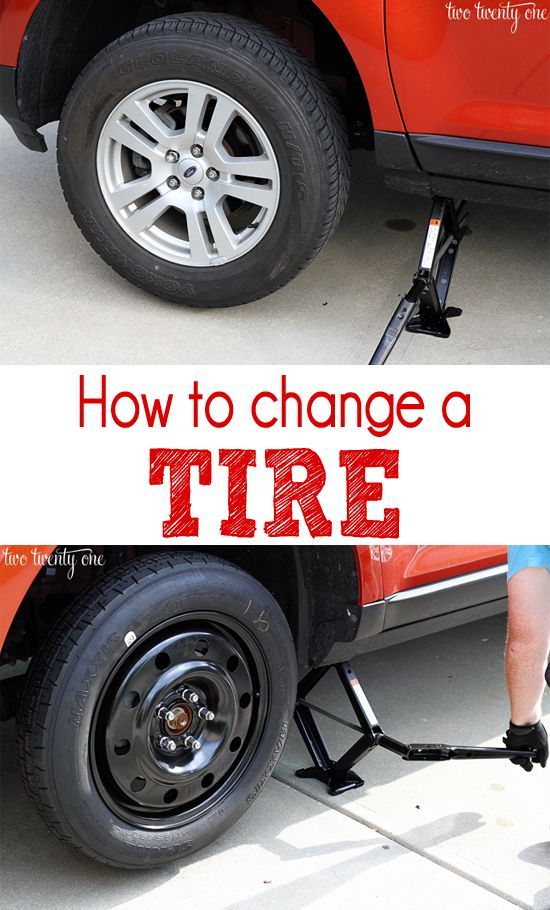 It is always important to do some research and ask professionals for their opinions on what is a good size tire to use and what may be too much.
It is always important to do some research and ask professionals for their opinions on what is a good size tire to use and what may be too much.
The statements expressed above are only for informational purposes and should be independently verified. Please see our terms of service for more details
Our certified mechanics come to you ・Backed by 12-month, 12,000-mile guarantee・Fair and transparent pricing
Get a quote
Apply Now
What does the tachometer tell you?
The gauges in the center of your dash provide you with some pretty important information. The tachometer is designed to show you how fast your engine is turning, which is measured in revolutions per minute, or RPM. Note that this...
How many air bags does my car have?
Your vehicle has 10 air bags: frontal air bags for both the driver and the front seat passenger; knee air bags for both the driver and front seat passenger; seat-mounted side impact air bags for the driver, the front seat. ..
..
My car has been driving funny. When I pull off it hesitates..like it doesn't have enough power.
It may be your TPS like your father said, but tests would need to be done to diagnose it. If you have codes in the computer it would help with the diagnosis. The TPS is not a common problem with...
What would cause 2 main computers to be bad within 6months
This does sound like a very frustrating experience. Unfortunately it is difficult to pinpoint exactly what is causing your computer to go bad (https://www.yourmechanic.com/article/how-long-does-an-engine-control-module-ecm-last) without knowing what kind of computers have been installed in your vehicle. Aftermarket, used or refurbished...
CEL limp mode reflash
Hello there. The type of issues you have described are not uncommon with the newer F series diesel trucks. The technical service bulletins (https://www.yourmechanic. com/article/how-to-use-a-technical-service-bulletin-by-parker-hill) are put out as a way to get vehicles repaired properly once a common failure point...
com/article/how-to-use-a-technical-service-bulletin-by-parker-hill) are put out as a way to get vehicles repaired properly once a common failure point...
Broken belts oil leak
This vehicle uses only one belt and an automatic tensioner. You didn't say what engine you have, but the V8 engines are known for having problems with the harmonic balancer (https://www.yourmechanic.com/services/crankshaft-harmonic-balancer-replacement) coming loose or falling apart. This could be one...
While on motion, the power steering light will come on and it will affect the steering and gear selection.
Hey there. This is a common sign of your ABS and traction control system engaging when you drive over a pot hole or bump. Your car is equipped with wheel speed sensors (https://www.yourmechanic.com/services/wheel-speed-sensor-replacement) at each of the four wheels which...
Clunking noise hear it at speeds of 35-40 loud
Hi There, What you are describing sounds like a bad or worn out ball joint.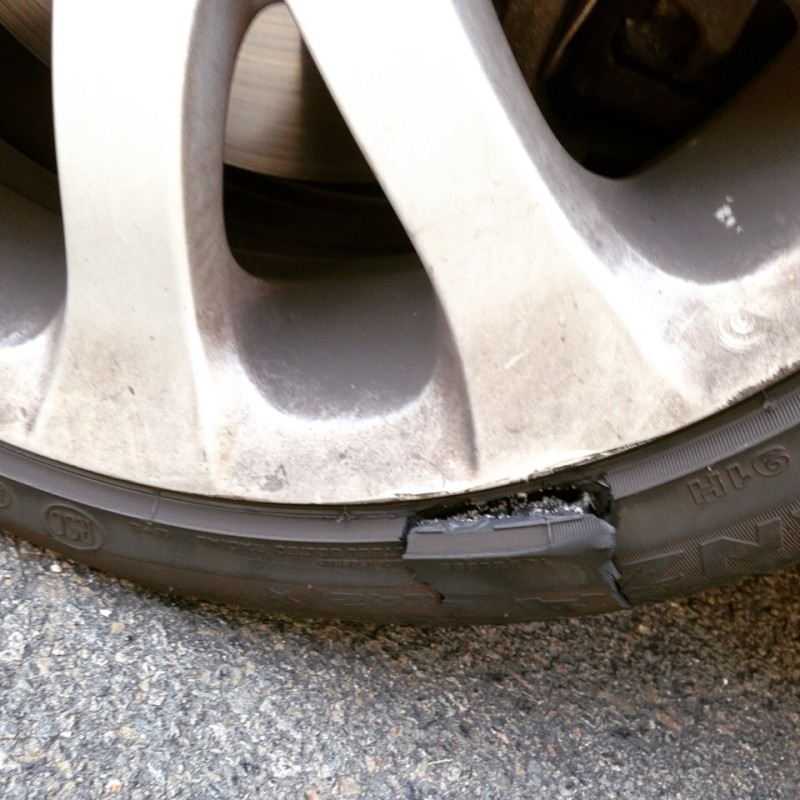 A ball joint is designed to pivot through multiple planes. Of course, because the ball joint constantly pivots at different angles, it tends to wear...
A ball joint is designed to pivot through multiple planes. Of course, because the ball joint constantly pivots at different angles, it tends to wear...
Did I pay to much?
If what you describe is all you had done then I would have to say it may have been on the high side of pricing for parts and labor. I would however need to see the work order to know...
Why Are My Tires Wearing Out Faster Than Normal?
If If you noticed that one or more of your tires are exhibiting signs of abnormal wear or is wearing out at a suspiciously fast rate, it may be a sign that there are other problems with your vehicle. Your...
When Should I Rotate My Tires?
Refer Refer to your owner's manual for the exact tire rotation schedule for your car. The general recommendation is that tires be rotated every 5,000 to 8,000 miles, and this often coincides with oil changes. Consider exploring an in depth...
Consider exploring an in depth...
How to Fix a Flat Tire
Knowing how to fix a flat tire on a car is part of being a safe driver. Driving on flat tires is dangerous so it's smart to repair flat tires quickly.
Maintenance
Cities
Estimates
Some people prefer classic tires with a standard profile, while others give narrow profile tires. What justifies the choice of low profile rubber, what features does this type of tuning have, what advantages and disadvantages can be distinguished? We talk about all this in detail in the article.
To determine whether a tire has a low or standard profile, it is necessary to measure three parameters - the height, the width of the profile, and the diameter of the disk itself. The complexity of the selection of tires lies in the fact that these parameters are interconnected. That is, by changing one value, it is necessary to adjust other values according to the manufacturer's recommendations. nine0003
That is, by changing one value, it is necessary to adjust other values according to the manufacturer's recommendations. nine0003
The calculation formula is: Height/Width * 100%.
The values obtained show the relationship between the two quantities, but are not the absolute result of the calculations. That is, when choosing tires for an off-road vehicle, we can only say with certainty that the sidewall height of 205/55 R17 will be lower than that of 225/55 R17.
What is narrow profile tyre? This is a tire in which the height of the sidewalls, when measured from the roadway to the disk, has a minimum value in relation to the width. nine0003
Narrow profile tires differ even in appearance from classic tires. To find out the main parameters, you need to look at the side surface, where a special marking is applied. For example, consider the standard tire marking 205/55 R17:
 We already know what a tire profile means and how it is calculated. In our case, the height is 205 * 0.55 = 112.75 mm; nine0024
We already know what a tire profile means and how it is calculated. In our case, the height is 205 * 0.55 = 112.75 mm; nine0024 Low profile tires have a height to width ratio of 0.55 or less. In the above example, the tire marking is already considered narrow-profile. It is allowed to lower the profile as much as possible to a ratio of height and width of 0.2.
Low-profile wheels also differ in the index of permissible speed. This value is indicated in the marking on the sidewall. If standard tires have a limit of 190 km / h, then narrow-profile - 210 km / h. In such tires, the presence of a stiffener is mandatory, which protects the car disk from deformation.
As a rule, such tires are installed on a car to improve sports performance. The car moves faster, improves dry grip. In addition, a narrow profile is used for tuning cars. If you want to change your car and highlight it from the same type of flow, then this is one of the possible solutions. nine0003
In addition, a narrow profile is used for tuning cars. If you want to change your car and highlight it from the same type of flow, then this is one of the possible solutions. nine0003
As for the proper operation of such rubber, drivers have a lot of questions. For example, what pressure should be in low profile tires? In many tire services, they simply do not know how to pump low-profile tires and, in order to be safe, they make tire pressures of 2.1-2.2 atm. As a result, the car drives on half-flat tires.
On average, it is recommended to pump at least 2.6 atm into tires for passenger cars. Depending on the parameters of the tire, the pressure of off-road tires can be 2.7-2.9atm.
Another common question is low-profile winter tires. Is it possible to use such rubber in winter or is it better to put the standard one? Winter tires differ from summer tires in the material of manufacture (softer), the presence of spikes, and the tread pattern. Accordingly, a narrow-profile tire is not suitable for driving in ice, heavy snow or on uneven and slippery roads. The wheels simply will not withstand the "surprises" of winter, and any unevenness will be given into the hands of the driver. nine0003
Accordingly, a narrow-profile tire is not suitable for driving in ice, heavy snow or on uneven and slippery roads. The wheels simply will not withstand the "surprises" of winter, and any unevenness will be given into the hands of the driver. nine0003
Low-profile off-road tires are on sale, and manufacturers also produce winter off-road tires. In any case, you should carefully consider the choice of such tires for operation in winter or in difficult road conditions.
Summer Drive Protection Run On Flat
Rating:
4.5
Tires Goodyear Eagle F1 Asymmetric
Summer Drive protection
Rating:
4.5
Tires Goodyear Eagle Sport TZ
Summer Drive Protection Run On Flat
Rating:
4. 5
5
Tires Goodyear EfficientGrip Performance
Summer Drive protection
Rating:
5
Tires Goodyear EfficientGrip Performance 2
All season Drive Protection Run On Flat
Rating:
4.5
Tires Goodyear Vector 4Seasons Gen-2
All season Drive Protection Run On Flat
Rating:
4.5
Tires Goodyear Vector 4Seasons Gen-3
Tires Goodyear UltraGrip Arctic 2
Winter Drive Protection Run On Flat Sound Comfort
Tires Goodyear UltraGrip Performance+
Winter Drive protection
Tires Goodyear UltraGrip Ice 2+
Consider a few of the main advantages of rubber with a narrow profile:

In addition to the advantages, tires with such a profile have a number of disadvantages. Consider the main ones: nine0003
It is necessary to highlight such a minus - the complexity of installation. It is impossible to install tires on your own. At least special equipment is required, but not all workshops have it. Also, the tire design itself adds a “smut” when choosing wheels. Often, tires simply do not meet factory requirements.
We examined what a narrow profile tire is. We learned what it is used for, studied the features of operation in summer and winter, determined how much atmosphere should be pumped into the tire. Finally, we got acquainted with the main advantages and disadvantages of tires. nine0003
Finally, we got acquainted with the main advantages and disadvantages of tires. nine0003
Written by: Goodyear Team
A low profile tire is a type of tire that has a height to width ratio of 45% or less. Most often they have increased speed characteristics, as well as better handling compared to conventional ones. The easiest way to look at the wheels from the side, and if it seems to you that the rubber over the disk is a bit thin, then most likely these are low profile tires. And technically it is easy to check, just look at the designation on the tire, it is there that the usual tire or low tire is indicated. nine0003
Longitudinal. Runs parallel to the cord. In about 80% of cases, the threads remain intact, only the rubber breaks.
Marking. High-profile tires are marked with the inscription standart, low - performance, sports - high performance.
Profile width to height ratio. Low profile tires have a wider width and lower profile height than regular tires. The standard is considered to be a ratio of up to 55%, that is, series 55 and below are low-profile. In practice, it looks like xxx / yy Rzz, where xxx is the profile width, yy is the height (series), zz is the radius. For example, 235/60 R18 is high profile, 285/35 R22 is low profile. nine0003
Speed index. For good tires, this figure is much higher: V (240 km / h), H (210 km / h), for sports tires it is even higher - W, Z, and Y (more than 240 km / h).
Ability to travel at higher speeds.
Due to the reinforced carcass, these tires have a longer service life, however, on a mandatory condition - smooth roads.
Better traction due to increased surface contact with the road surface.
Good handling.
A significant increase in the stability of the car, it will shake less when cornering.
The best braking properties of a car, especially during sharp maneuvers.
Aesthetics. Wheels with such tires will look more stylish and beautiful.
Accelerated wear. Frankly speaking, a low profile is not for domestic roads. There is less air in such tires, therefore, depreciation is worse. On roads with pits and other imperfections, this threatens you with damage to the rubber or disks themselves. If you need advice on this issue, then call us or go to the main page of field tire fitting and read additional information
Discomfort when walking. Regardless of what material they are made of, tires with an increased profile height will react more harshly to road bumps. And also, you will probably have to abandon some parts of the suspension and chassis, which will lead to an even greater loss of comfort. nine0003
Noise. Such tires produce more noise when driving, as they have an increased contact patch with the road.
The price of low profile tires is noticeably higher than the cost of standard ones, as well as the price of tire fitting in this case is 20% more expensive than for ordinary tires.
0003
Terms of use. If you plan to drive fast on a roadway that is close to ideal, you won’t find a better option.
Pressure should be checked more frequently. Even minimal deviations from the norm in low-profile tires will affect driving much more than in conventional ones. The slightest drop in pressure can turn into serious trouble for you.
Replacing discs. Obviously, when changing from conventional tires to low-profile ones, there will be a need to put larger rims on the car. nine0003
If you have a powerful car or just want to make your car look more impressive, choose a low profile. Just do not forget that on our Russian roads, such wheels quickly fail, as they are tougher and designed for good roads.